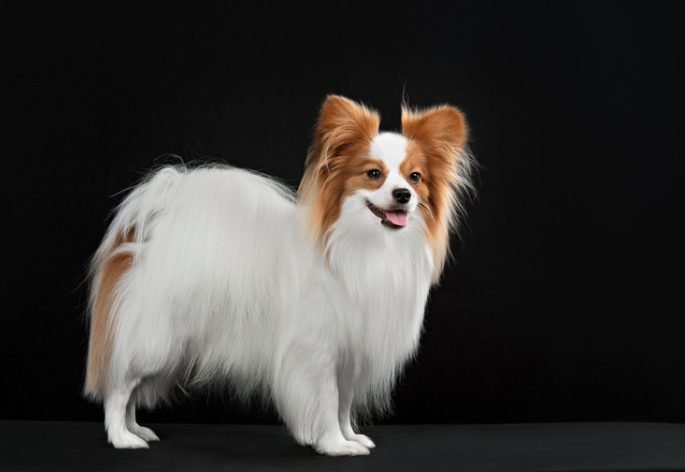
If you’re searching for a small, intelligent, and affectionate companion, the Papillon dog breed might just be the perfect fit. Known for their iconic butterfly-like ears, the Papillon is a toy breed full of life and charm. In this comprehensive guide, we’ll explore the Papillon’s history, basic breed information, growth chart, personality, grooming needs, diet, and more—everything you need to know before bringing this delightful dog into your life.
History of the Papillon Dog Breed

The Papillon, which means “butterfly” in French, is one of the oldest toy breeds in Europe, with roots tracing back to the 16th century. This breed has graced the laps of European royalty and is often seen in old master paintings. Their ancestors were the Continental Toy Spaniels, and over time, breeders developed the distinctive upright ears that resemble butterfly wings.
The Papillon dog breed gained popularity in France, Italy, and Belgium and was beloved by nobles for their beauty and companionship. The breed was officially recognized by the American Kennel Club (AKC) in 1915.
Basic Information About Papillons
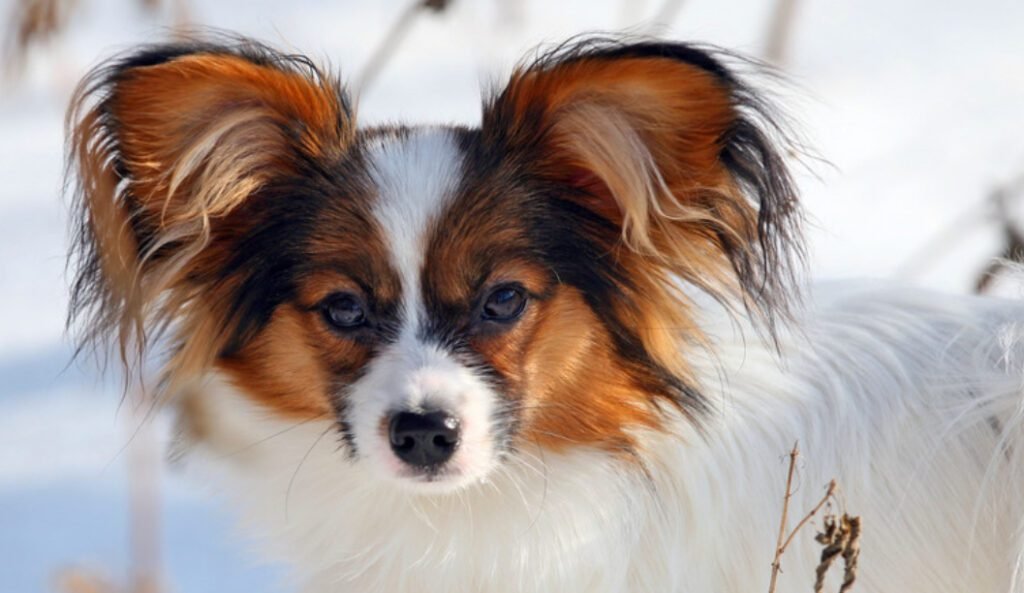
- Breed Group: Toy
- AKC Recognition: Yes (Toy Group)
- Life Expectancy: 12–16 years
- Origin: Europe (France, Belgium)
- Other Names: Continental Toy Spaniel, Butterfly Dog
Papillon Weight and Height Chart
Papillons are small and delicate but sturdy. Here’s a general growth and size chart:
| Age | Weight (lbs) | Height (inches) |
|---|---|---|
| 2 months | 2 – 3 lbs | 5 – 6 inches |
| 4 months | 3 – 4.5 lbs | 7 – 8 inches |
| 6 months | 4 – 5.5 lbs | 8 – 9 inches |
| Adult | 5 – 10 lbs | 8 – 11 inches |
Note: Weight and height can vary slightly depending on genetics, diet, and overall health.
Papillon Temperament and Personality

The Papillon dog is known for its outgoing and energetic nature. Despite their small size, they have a big personality and are:
- Highly intelligent and quick learners
- Alert and watchful, making great watchdogs
- Friendly with people and other pets
- Loyal and affectionate with family members
They adapt well to different living environments, from apartments to houses with yards, as long as they receive daily exercise and mental stimulation.
Training a Papillon
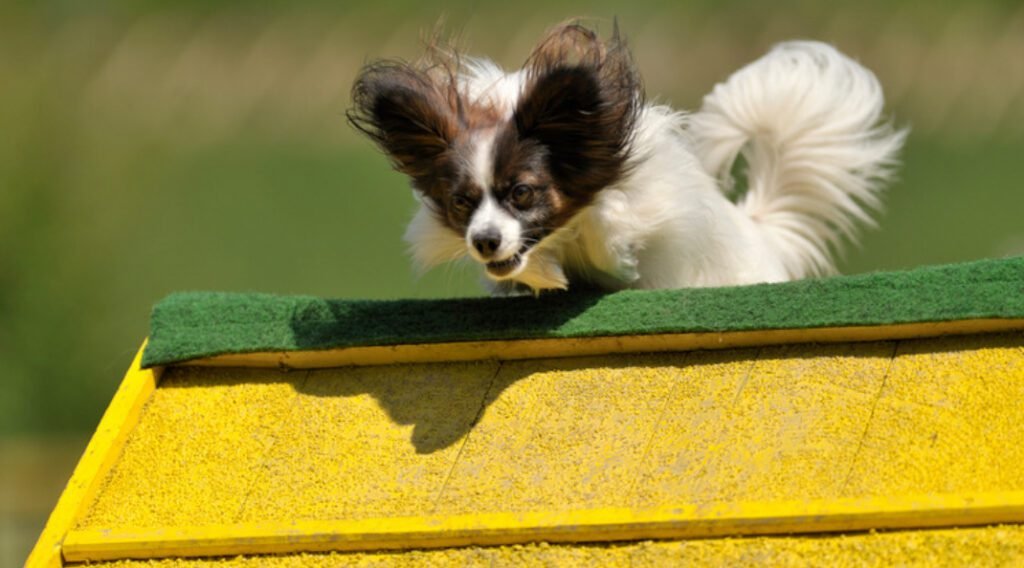
Training a Papillon puppy is generally easy due to their intelligence and eagerness to please. Use positive reinforcement methods like treats, praise, and clicker training. Key training tips:
- Start socialization early
- Be consistent and patient
- Focus on basic obedience commands
- Provide mental stimulation through puzzle toys and games
Despite their charm, Papillons can become willful or bark excessively if not properly trained.
Grooming Needs of Papillons

The Papillon’s long, silky coat is surprisingly low-maintenance. Though they have no undercoat, regular grooming keeps them looking their best:
- Brush 2–3 times per week to prevent tangles
- Bathe monthly or as needed
- Clean ears weekly to prevent infections
- Trim nails every 2–3 weeks
- Brush teeth regularly to maintain dental health
Regular grooming not only keeps them clean but also strengthens your bond.
Diet and Nutrition for Papillons
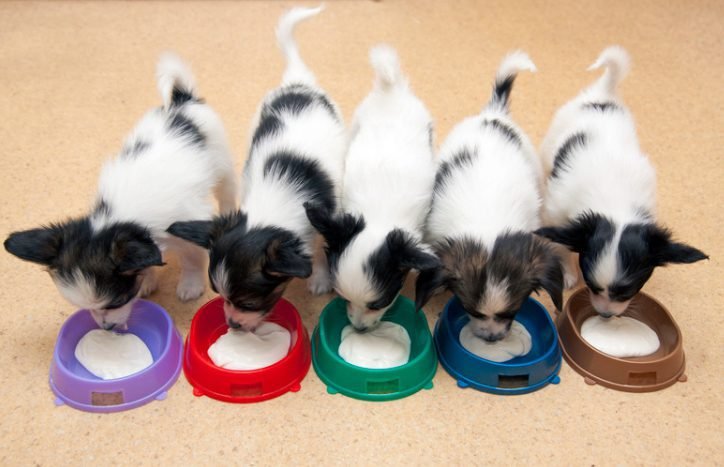
Feeding your Papillon dog a well-balanced diet is crucial for health and longevity. Here’s what to focus on:
- Choose high-quality dry kibble or wet food
- Look for options rich in protein, omega-3s, and antioxidants
- Avoid foods with fillers, artificial colors, and excessive grains
- Feed 2–3 small meals a day for puppies, and 2 meals a day for adults
- Provide fresh water at all times
Portion control is essential as Papillons are prone to obesity if overfed or under-exercised.
Common Health Concerns
While generally healthy, Papillons are susceptible to some conditions:
- Patellar luxation
- Dental disease
- Progressive retinal atrophy (PRA)
- Collapsed trachea
- Allergies
Regular veterinary checkups, proper grooming, and a healthy diet can prevent many issues.
Conclusion
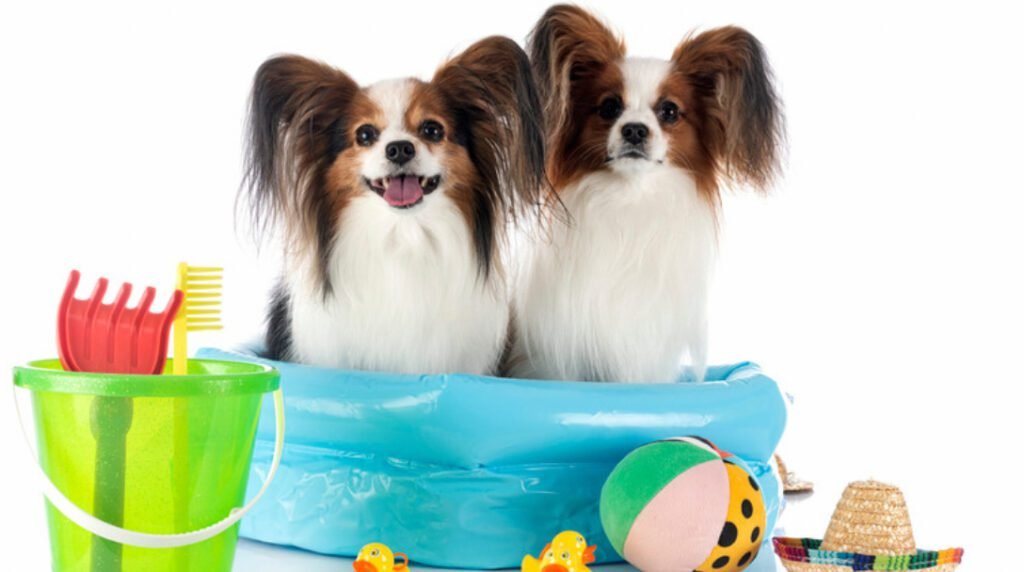
The Papillon dog breed is an elegant, smart, and loving companion perfect for families, singles, and seniors alike. With their stunning appearance, joyful personality, and loyalty, they make a wonderful addition to the right home.
Whether you’re considering adopting a Papillon puppy or already own one, understanding their needs ensures a happy, healthy life together. From proper training and nutrition to grooming and playtime, this little “butterfly dog” will flutter into your heart in no time.

Leave a Reply